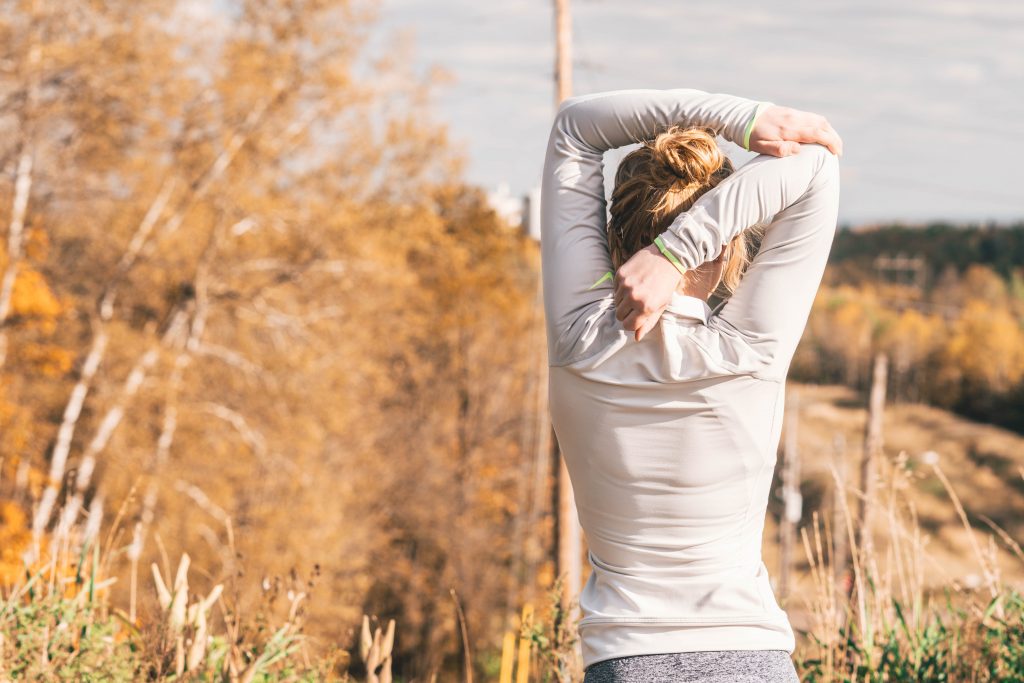Shoulder pain and injuries are very common, but most people fail to realize the importance of the scapula (shoulder blade) when it comes to shoulder issues.
The scapula and its related muscles, which include the lower trapezius and serratus anterior are becoming the main focus of shoulder rehabilitation.4 The serratus anterior itself affects all dimensions of scapular motion when moving the arm upwards. So it seems obvious that professionals would focus on these areas. The goal is to reduce the chances of getting shoulder injuries and, for those who do not have shoulder injuries, proper scapular stabilization can help prevent shoulder pain and injuries.2
How Important Are Your Shoulder Blades?
The scapula or shoulder blade has an important role in the proper functioning and movement of your shoulder. If the position of the scapula at rest or during movements is considered abnormal, it can lead to shoulder pain and long-term functional impairment.2
In many cases, the scapula might have an abnormal movement pattern, but it is often related to other deficient muscles or improper muscle activation. Muscles like the upper trapezius, lower trapezius and serratus anterior all have an important role in the movement of the scapula. Poor recruitment of either one of these can create issues at the level of the scapula. If these three muscles are also disproportionally weak, it can also cause people to have difficulty moving their shoulder blade correctly.2
“Musculoskeletal pain in the neck and shoulder, which is associated with restricted range of motion and loss of strength, is one of the most common conditions treated by physical therapists”
Anderson et al., 2012, pp.1
Shoulder Impingement Syndrome
When talking about shoulder pain, one of the issues that people have is called Shoulder impingement syndrome (SIS). It usually means the compression and some rubbing to the structures of the rotator cuff. SIS can happen for many reasons in athletes, people who have physical jobs or less active people alike.4
Some of the common causes may be overuse, overloading of the muscles in overhead positions, or just poor muscle mobility.4
The actual pain that is related to SIS tends to happen when the shoulder and arm are elevated, often past the natural shoulder level. As you can imagine, there are many jobs that require the arms and shoulders to be elevated like this. Think of electricians and plumbers! Even people who participate in weightlifting often do movements that puts their shoulders in elevated positions.4
SIS can happen to so many people! SIS will cause weakness and strength decreases that may have important implications for many people.4
“When weakness or dysfunction is present in the scapular musculature, normal scapular positioning and mechanics may become altered which result in abnormal stresses to the capsular structures, rotator cuff compression and reduced performance.”
Moezy et al., 2014
Improving the Musculature
The serratus anterior is considered one of the most important muscles in moving the scapula about the thorax (thoracic cage). It is so important that an imbalance between the upper trapezius compared to the lower trapezius and serratus anterior makes for difficult movement patterns of the scapula. The imbalance is usually a problem for injuries and other related difficulties when the upper trapezius is overactivated compared to the lower part and serratus anterior.1
It is not surprising that physical therapists suggest unloading the upper trapezius to avoid shoulder related issues. The idea, is that improving the strength and function of the serratus anterior, and the lower trapezius can help reduce any pain and dysfunction.1
Rehabilitation of the Scapula in Shoulder Pain & Injuries
Because of the importance of the scapula in shoulder pain or injuries, many exercise programs now need to promote an emphasis on scapular muscle training to reduce shoulder pain or in shoulder pain prevention.2
Here are some exercises that help scapular motion by decreasing the activation of the upper trapezius muscle:
- side-lying external rotation
- side-lying forward flexion
- prone horizontal abduction with external rotation2
In conclusion, the biggest limitation of the rehabilitation of the scapula is the lack of functionality in the movements. The exercises suggested above are done in prone or lying positions and so it makes then relatively non-functional. Since the science does suggest implementing functional exercises to achieve the best rehabilitative outcomes, these exercises should take place in the early phase of rehabilitation and should be supplemented with more sport-specific or individual specific movements depending on the typical activities done by the individual.2





